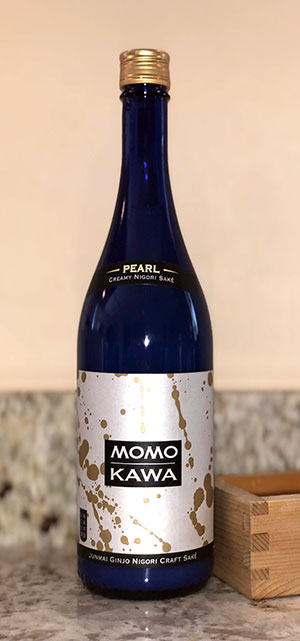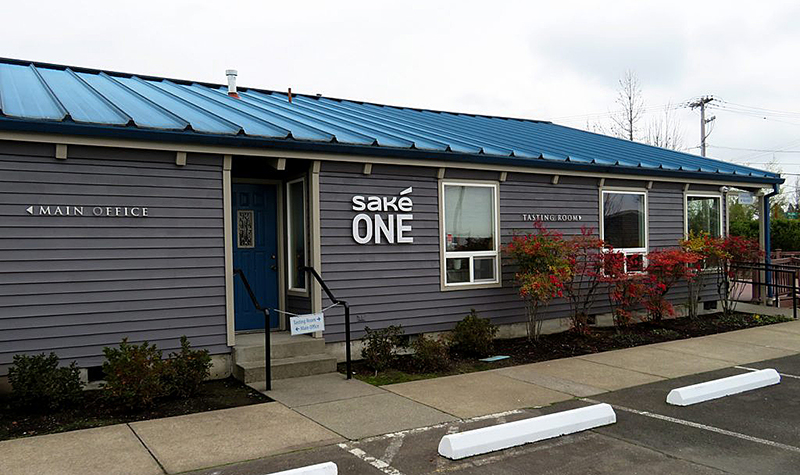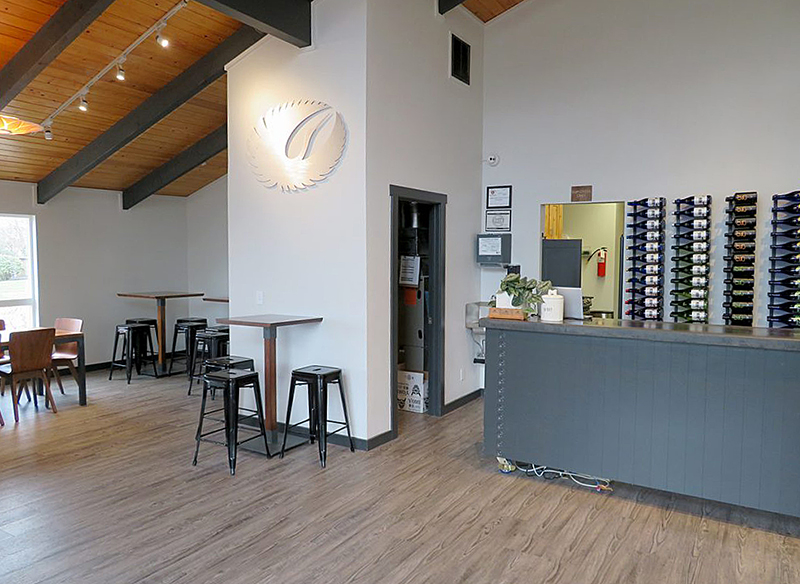 Let’s be clear about this right away: Saké, the national alcoholic beverage of Japan, is often called rice wine, but this is a misnomer. While it is a beverage made by fermentation, the production process more closely resembles that of beer, and it is made from grain (rice, of course), not fruit. To make saké, the starch of freshly steamed glutinous rice is converted to sugar and then fermented to alcohol. Once fermented, the liquid is filtered and usually pasteurized. Sakés can range from dry to sweet, but even the driest retain a hint of sweetness.
Let’s be clear about this right away: Saké, the national alcoholic beverage of Japan, is often called rice wine, but this is a misnomer. While it is a beverage made by fermentation, the production process more closely resembles that of beer, and it is made from grain (rice, of course), not fruit. To make saké, the starch of freshly steamed glutinous rice is converted to sugar and then fermented to alcohol. Once fermented, the liquid is filtered and usually pasteurized. Sakés can range from dry to sweet, but even the driest retain a hint of sweetness.
This saké is a domestic product from SakéOne saké brewery in Forest Grove, Oregon. The company began as a saké importer in 1992, and in 1997 they expanded the operation and began brewing saké.
In premium saké, water composition matters a great deal. SakéOne’s founder chose Oregon because he believed that the best-quality water for saké brewing is in the Northwest.
The other crucial component is rice, and SakéOne sources its Calrose rice from the Sacramento Valley. Calrose is derived from Japanese saké rice and has several qualities that produce saké with more body, higher viscosity, and a long finish.

x

SakéOne’s modest tasting room.
Momokawa Pearl Saké
Pearl is a rich, full-bodied Junmail* Ginjo** Nigori*** saké that opens with vanilla and pineapple on the nose. It is quite sweet as far as I’m concerned, with banana, coconut, and marshmallow on the palate. The producer suggests pairing this with spicy cuisine, but I would personally reserve it for desserts, especially those featuring tropical fruits.
Nigori is an acquired taste, in my opinion. If allowed to settle, there will be about an inch and a half of very fine-grained solids in the bottle. If mixed with the saké as intended, the solids create a chalky mouthfeel, which I am not a fan of. YMMV. The ABV is 14.8%, and the SMV**** is -10. The rice has a polish of 58%, so 42% of the rice has been removed. Serve chilled.
NOTE: SakeOne offers a three-tiered monthly saké club (but not all three tiers are available in every state, due to local liquor laws). Club membership offers attractive discounts and access to limited production sakés. Unfortunately, SakeOne marks up the actual shipping charges by 30% to 50%, making those discounts in reality rather less attractive. I for one would prefer that the discounts be less, if necessary, and the shipping costs accurate.
*Junmai is pure rice wine, with no added alcohol). Until recently, at least 30% of the rice used for Junmai sake had to be milled away, but Junmai no longer requires a specified milling rate.
**Ginjo designates that at least 40% of the rice has been polished away. If a bottle is labeled just Ginjo, distilled alcohol was added; if it is labeled Junmai Ginjo, no alcohol was added.
***The Nigori designation translates roughly to cloudy because of its appearance. All sakés are usually filtered to remove grain solids left behind after fermentation. However, Nigori sake is filtered using a broader mesh, resulting in the inclusion of fine rice particles and a far cloudier drink.
*****An important gauge of saké is the SMV (Saké Meter Value). This measures the density of saké relative to water, and is the method for determining the dryness or sweetness of saké. The higher the SMV, the drier the saké. The range is -15 to +15.
Top of page: https://winervana.com/blog/
